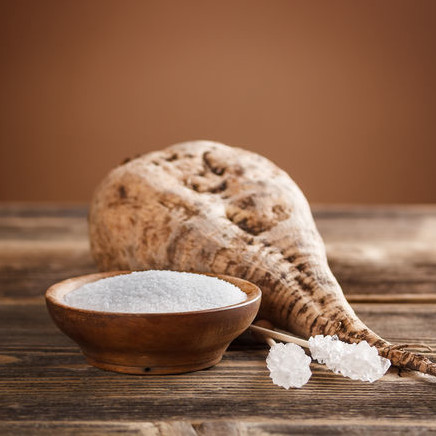Checking Out the Differences being used and Advantages In Between Beet Sugar Vs Cane Sugar
In the culinary world, the selection in between beet sugar and cane sugar is not merely regarding sweetness yet includes a nuanced consideration of flavor, application, and influence. While both sugars stem from different plants, each undergoes one-of-a-kind manufacturing processes that discreetly affect their characteristics and viability for different dishes. As chefs and consumers increasingly focus on both the ecological and flavor profiles of their components, recognizing these distinctions comes to be important. This exploration provides insight into exactly how each sugar kind can best boost cooking developments.
Beginnings and Manufacturing Processes of Beet and Cane Sugar

Cane sugar, on the various other hand, comes from the sugarcane plant, a tropical lawn belonging to Southeast Asia today cultivated in tropical areas worldwide. The manufacturing of cane sugar begins with the harvesting of cane stalks, which are crushed to launch the juice. This juice is then steamed to concentrate it, after which it is rotated in centrifuges to generate raw sugar crystals. These crystals are further refined to create the white sugar generally offered in shops.

Nutritional Material and Health Considerations

When contrasting the dietary web content of beet sugar and cane sugar, it ends up being evident that both kinds basically provide the very same caloric worths, with around 16 calories per teaspoon and no considerable nutrient diversity. Both sugars, when eaten in excess, can add to elevated blood glucose levels, a danger variable for diabetes mellitus and various other metabolic disorders. From a health viewpoint, moderating intake of any type of type of sugar, whether from beet or cane, is a good idea to stay clear of these potential adverse results on well-being.
Flavor Profiles and Culinary Applications
Regardless of their similar chemical structures, beet sugar and cane sugar differ subtly in flavor, which can affect their use in numerous cooking contexts. Walking stick sugar typically lugs a tip of molasses, even in its refined form, offering a warm, caramel-like touch that boosts baked items, coffee, and chocolate-based recipes. This mild molasses flavor is specifically valued in the cooking sector for adding depth to desserts and breads. On the other hand, beet sugar is identified by its highly fine-tuned, neutral preference, making it a flexible sweetener that does not alter the flavor profiles of dishes. This nonpartisanship is particularly beneficial in delicate recipes, such as light breads, creams, and some sauces, where the intrinsic tastes of other ingredients are meant to attract attention. As a result, cooks and food makers might pick one sort of sugar over the various other based on the preferred flavor end result of their cooking productions.
Environmental Effect and Sustainability
While both beet and cane sugars are derived from plants, their environmental influences vary considerably due to the unique approaches of growing and handling needed for each. Sugar beet cultivation typically includes considerable automation, which can enhance fossil fuel consumption and carbon exhausts.
Moreover, the handling of sugarcane often produces a considerable quantity of waste, consisting of bagasse, which, although link useful as biofuel, frequently adds to air contamination if melted inefficiently. Sugar beet handling uses more of the raw products, resulting in less waste. Both industries face have a peek here obstacles in reducing their environmental impacts, but ongoing developments in agricultural techniques and waste management are aiming to improve sustainability.
Economic Elements Influencing the Sugar Sector
The financial characteristics of the sugar market are significantly influenced by global market demands and profession policies. Factors such as tariffs, aids, and global trade arrangements play vital roles fit the competitive landscape. In regions where sugarcane or sugar beet manufacturing is subsidized, producers may have a financial benefit that allows them to offer lower rates on the international market. This can develop disparities in earnings and market gain access to for manufacturers in nations without such aids.
Additionally, changes in global need for sugar, affected by dietary fads and industrial usage in foodstuff, directly effect prices and manufacturing levels. beet sugar vs cane sugar. Weather conditions also play a critical role, as they can substantially impact plant yields and, subsequently, the supply chain. This variability introduces a level of economic unpredictability that can lead to financial investment volatility in sugar manufacturing industries, affecting choices from growing to market method
Verdict
In conclusion, both read more beet and cane sugar have one-of-a-kind high qualities that fit different cooking needs. While cane sugar conveys a rich flavor ideal for improving baked products, beet sugar's nonpartisanship is ideal for lighter meals. Nutritional similarities notwithstanding, their distinct manufacturing processes and environmental influences include complexity to the option between them. Therefore, understanding these differences helps cooks and customers make educated decisions that line up with their health, cooking, and moral choices.